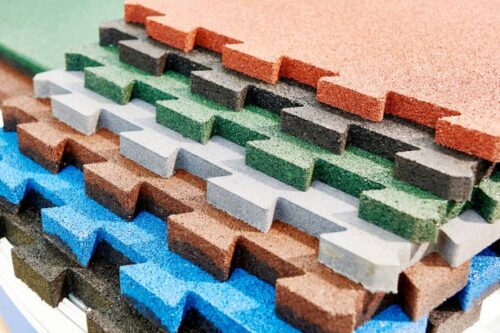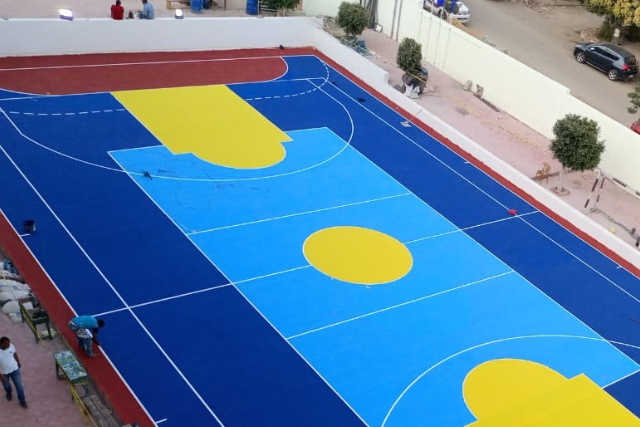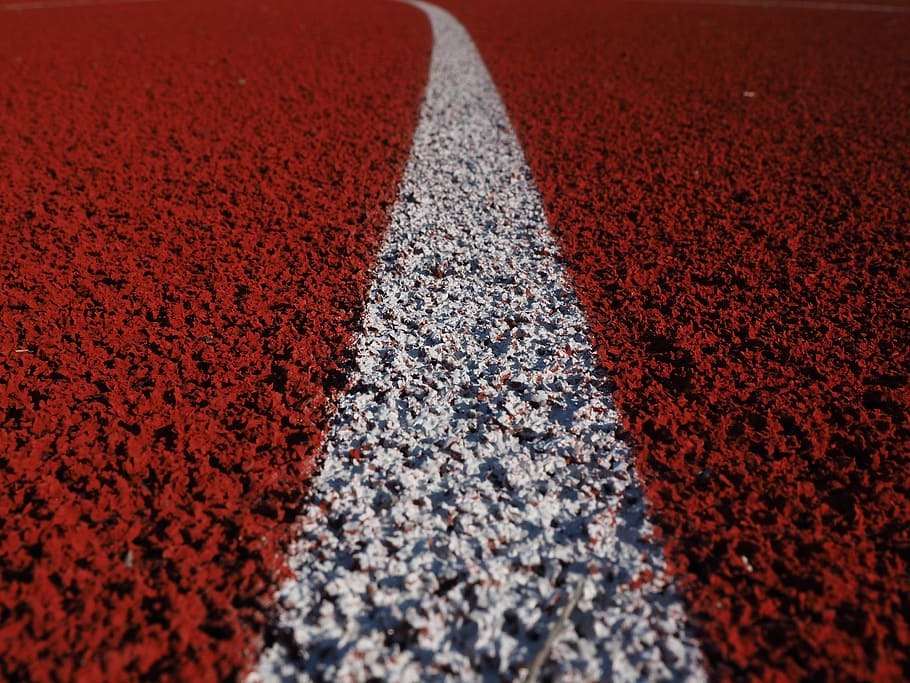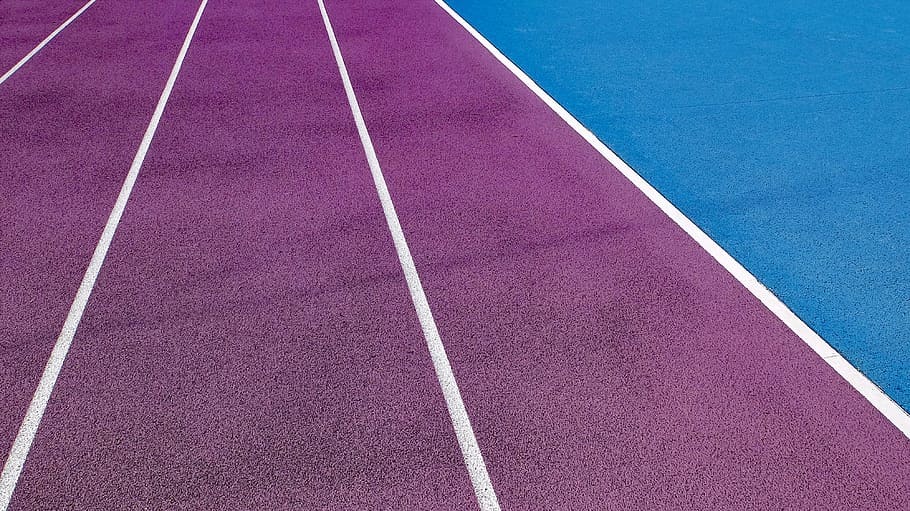
Rubber tile
Rubber tile flooring is an innovative solution that has gained wide popularity recently, thanks to its unique components and excellent specifications, as well as its numerous advantages and diverse uses. In this article, we will cover everything related to these floors, starting from their components and specifications, to their advantages and uses, with a focus on the most frequently used keywords in search engines.
Components and Specifications of Rubber Tile Flooring:
Rubber tile flooring is made of recycled rubber granules or synthetic rubber, which are bonded together using binding materials such as polyurethane. These floors are characterized by unique specifications, including:
- High Elasticity: Rubber floors offer high elasticity, making them ideal for areas that require shock absorption.
- Superior Durability: Rubber floors are highly durable and can withstand heavy use.
- Slip Resistance: These floors provide a slip-resistant surface, reducing the risk of falls and injuries.
- Weather Resistance: Rubber floors withstand various weather conditions, making them suitable for both indoor and outdoor use.
- Ease of Installation and Maintenance: Rubber floors can be easily installed, and they are also easy to clean and maintain.
Advantages:
Rubber tile flooring has many advantages that make it an ideal choice for various needs, and among the most important of these advantages are:
- Safety: Provides a safe and comfortable surface, reducing the risk of injuries.
- Comfort: Absorbs shocks and noise, providing a comfortable environment.
- Durability: Withstands heavy use and wear, ensuring a long lifespan.
- Variety: Available in various colors, sizes, and designs, allowing for the selection of what suits different tastes.
- Eco-friendly: Made from recycled materials, contributing to environmental preservation.
Uses:
Rubber tile flooring is used in many places, and among its most important uses are:
- Sports Fields: Used in running tracks, playgrounds, and sports halls.
- Gyms: Used in gyms and fitness centers.
- Children’s Play Areas: Used in parks, schools, and nurseries.
- Schools and Hospitals: Used in corridors, waiting rooms, and treatment rooms.
- Industrial Areas: Used in factories, warehouses, and workshops.
- Horse Stables: Used in stable floors due to the comfort and shock absorption it provides for horses.



